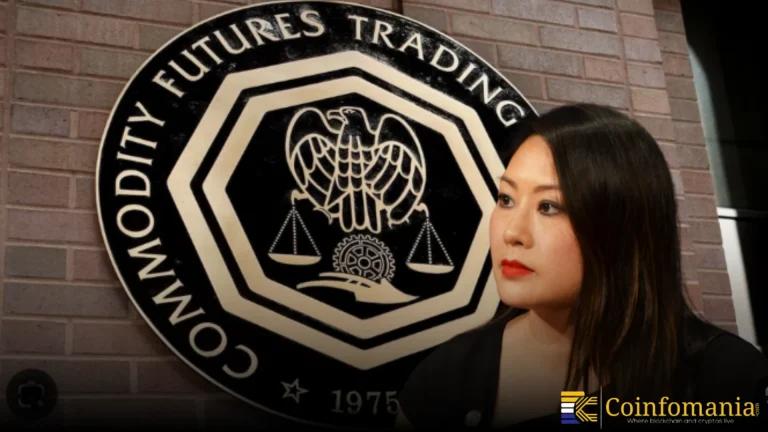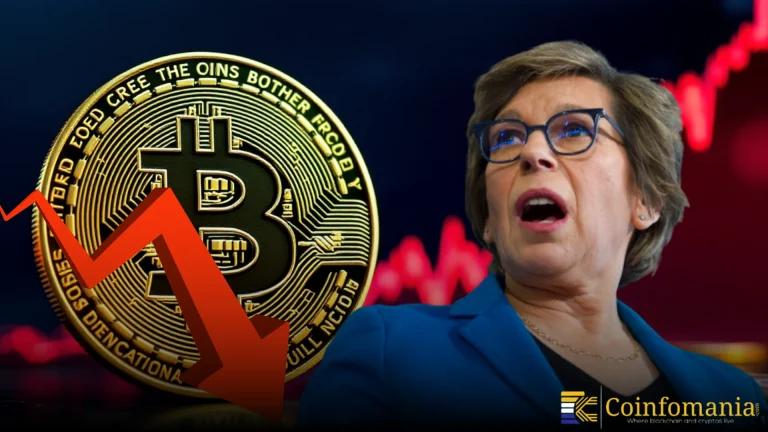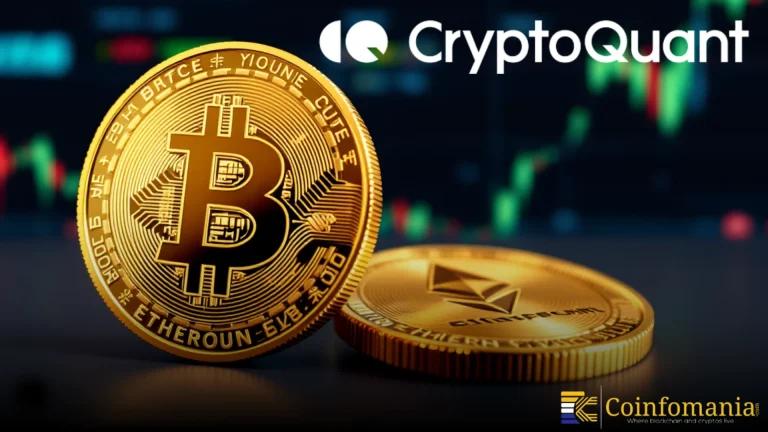South Korea Unveils Carbon Futures as LNG Import Strategy Faces Scrutiny
South Korea plans carbon futures launch as LNG import strategy faces economic challenges, and shifting climate commitments.

Quick Take
Summary is AI generated, newsroom reviewed.
South Korea to launch carbon futures on national stock exchange.
LNG imports from U.S. face demand and cost concerns.
Financial markets react to tensions and energy policy uncertainty.
On June 23, Bloomberg reported that South Korea plans to launch carbon-emission futures on the Korean Exchange (KRX). This move is a key step in enhancing climate finance in S. Korea’s economic goals for 2025. Meanwhile, South Korea’s LNG import strategy from the United States faces economic and environmental questions. U.S. LNG was once a core pillar of South Korea’s energy cooperation strategy, but is now facing less demand and feasibility. Also, rising Middle East tensions are impacting global stock markets.
South Korea Advances Carbon Market with Futures Launch
South Korea’s main stock exchange, KRX, introduces carbon-emission futures. The goal is to develop liquidity, transparency, and efficiency in the Korean Emissions Trading Scheme (K-ETS). These changes were implemented in 2024, leading to trading access across financial institutions. The carbon market in South Korea now covers around 70% of national emissions. It ranks second in size globally, trailing only the European Union Emissions Trading System (EU ETS). The upcoming futures contracts will offer price discovery, risk-sharing, and hedging options for firms managing emissions costs. KRX expects short-term futures, similar to other Asian exchanges. Final coordination with regulators will determine the official launch later in 2025.
LNG Import Plans from U.S. Face Economic Questions
South Korea has been importing U.S. LNG since 2017 through the Free Trade Agreement. LNG gained acceptance from the S. Korea transition strategy, but in recent years its demand decreased due to rising environmental concerns. This made South Korea aim for an LNG net-zero target by 2050. The U.S. Alaska LNG project remains at an early stage.
Despite nearly 20 years of planning, the project lacks firm buyers. Developer Glenfarne reported on June 3 that 50 firms showed interest, totaling an estimated USD115 billion in contracts. For secure finance, 80% of output demands long-term buyer commitment. This lack of trust, along with Korea’s emission goals, raises doubts among investors about the project’s potential.
South Korea’s Financial Markets React to Global Uncertainty
South Korean shares declined on June 23 following U.S. military strikes on Iran. The benchmark KOSPI fell 19.10 points, or 0.63%, to close at 3,002.74. The index had crossed 3,000 on June 21 for the first time in 3.5 years. Samsung Electronics dropped 2.61%, while SK Hynix slid 0.39%. LG Energy Solution declined 3.93%. Hyundai Motor and Kia fell 4.05% and 3.14%, respectively. Steelmaker POSCO Holdings dropped 3.62%. Samsung BioLogics lost 2.17%. Out of 936 traded issues, 664 declined and 246 advanced. Foreign investors were net sellers of shares worth 345.6 billion won. The Korean won weakened 0.43% to 1,380.0 per U.S. dollar. Bond markets also reacted. The most liquid three-year treasury yield rose by 2.2 basis points to 2.493%. The benchmark 10-year yield added 2.5 basis points to 2.889%.
Trade and Energy Talks Continue with the United States
In early June 2025, South Korea’s delegation from the Ministry of Trade, Industry and Energy (MOTIE) and Korean Gas Corporation (KOGAS) visited Alaska. The visit aimed to assess the viability of the Alaska LNG project. U.S. President Trump discussed the project and shipbuilding ties in March 2025 with Acting President Han Duck-Soo. The proposed USD44 billion Alaska LNG development seeks to boost U.S. exports to Asia.
Trade talks resumed in Washington in late April 2025. In 3rd round of tariff discussions, S. Korea’s chief trade negotiators plan to raise concerns about U.S. curbs on Chinese chipmakers. Korea exports rose from 8.3% in the first 20 days of June, reflecting the economic enhancement. However, May’s decline is still confusing the investors. Even though financial markets remain sensitive, the regulatory clarity and international cooperation shape South Korea’s future economy.
Follow us on Google News
Get the latest crypto insights and updates.


